Translated literally, Memento Mori means “remember you will die.” While this may seem haunting, the meaning isn’t morbid, but rather an encouragement to honour and remember those who have passed before by living our own lives to the fullest.
The one thing that unites us all, no matter our background, is the fact that we will all die. It’s a truth that we all know, yet many of us are scared to face it head-on. This fear of mortality is what inspired the ancient practice of Memento Mori, which encourages us to reflect on our mortality and use it as a tool to make the most of each moment and enjoy the journey.
Montaigne said that “to practice death is to practice freedom. A man who has learned how to die has unlearned how to be a slave.” This is the essence of Memento Mori: to use the certainty of death as an opportunity to gain perspective and prioritize our lives. It’s not about being depressed or scared, but rather about recognizing the preciousness of life and not wasting it on trivial things.
Table of Contents

What is a Memento Mori?
According to Wikipedia, a Memento Mori is “an artistic or symbolic trope acting as a reminder of the inevitability of death.”
Common in religious contexts, a Memento Mori was most commonly symbolized with a skull.
Throughout time, many more objects were used to depict this concept such as coffins, wilting flowers, guttering candles, and hourglasses showing the passing of time.

History of Memento Mori
Since ancient times, people have been drawn to contemplate their mortality.
Democritus, the philosopher, sought to understand the world by retreating to solitude and exploring tombs. Plato’s Phaedo emphasizes that the pursuit of philosophy involves an intimate understanding of mortality, and is “about nothing else but dying and being dead”.
Though the concept of confronting our mortality predates this, it’s possible that the specific saying “Memento Mori” originates from a ceremony of Roman triumph where the conquering general would parade through town – followed by his faithful servant.
As the victorious general was hailed by the adoring public, the servant would stand close behind and speak the solemn reminder: “Memento mori” – Latin for “Remember death”.
This tradition served to remind the powerful of their mortality, so that they would not be corrupted by the glory of their triumphs. The servant’s words, “Respice post te! Hominem te esse memento! Memento mori!”, translated to “Look behind you! Remember that you are but a man! Remember that you will die!”, acted as a gentle yet powerful reminder that, despite all of life’s successes, death is inevitable.
Memento Mori in modern life
Memento mori has gone from being a primarily religious reminder to live a life of virtue to a modern-day version of carpe diem— a call to make the most of life while you can.
I first discovered Memento Mori while I was studying Fine Arts. A popular art form in the seventeenth century, Memento Mori and Vanitas were created as reminders of the transience of life.
At the time, I didn’t think of them much beyond artistic terms; studying the artists and techniques rather than applying the allegories to experiences in my own life.
Modern society tends to shy away from thoughts or discussions of death, but it’s a part of life that can’t be ignored. In our culture, we focus on staying young and acting as if nothing will ever change, but the truth is, life doesn’t last forever. We must all accept that death is inevitable and use it as an opportunity to appreciate our time on earth.
When my dad died and I was faced with the daunting task of cleaning out my childhood home, the house my dad had built and lived in for more than 40 years, the fleeting nature of life really hit home.
Both of my parents died before their time and, as I sifted through a lifetime of memories, I was surrounded by evidence of a life left unlived.
There were boxes and boxes of beautiful items being saved for a “special occasion”, carefully wrapped in tissue, price tags still intact. These things would have brought joy and value to their lives, but any ordinary day wasn’t exceptional enough and so the boxes were left untouched.
Memento Mori reminds us that every day that we are alive is a special occasion – so live your life accordingly.
Take the trip. Use the “good” towels. Wear the fancy dress. Tell everyone you love them.
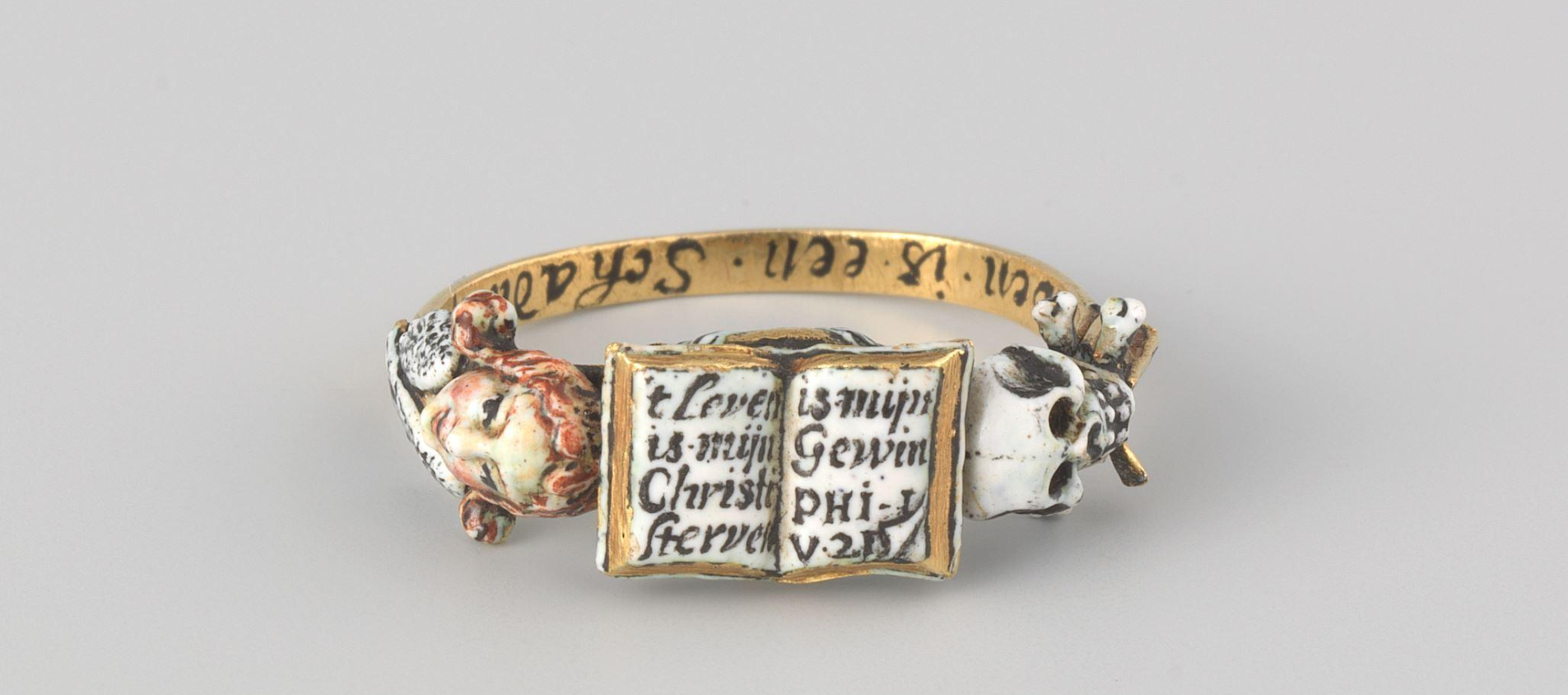
How to use Memento Mori as a Daily Reminder
Rather than being fearful of death, use Memento Mori to remind you not to take life for granted. Use every precious second so that, when your time comes, you can greet death without regret.
Memento Mori is a great reminder of “as I am, so shall you be”: an encouragement to honour and remember those who have passed before by living our own lives to the fullest.
Use this symbol as a connection to family and friends who have left this earth and a call to action to make the most of the time you have been given.
Memento Mori is a powerful reminder, so one way to use it is to place a visual representation where you will see and reflect on it often.
There are many examples of Memento Mori in art that you can hang in your home, or you can create a small altar with bones and other objects that you associate with life and death.
Memento Mori Pendant
My favourite way to use this symbol is to wear a Memento Mori necklace. Not only do I connect with the meaning as I put it on each day but I can see it every time I look in the mirror. Throughout the day, I can feel its weight around my neck and touch it when I need a reminder.
Conclusion
No matter how you decide to use Memento Mori, remember that it’s not meant to cause sadness or worry. If you find the thought of your own death overly depressing or scary, take a step back and focus instead on the life you’re living and how best to enjoy it.
It’s possible that your mortality concerns you only because you feel like you haven’t experienced all of the things you wanted to in life.
So start today, start NOW! Use your discomfort to motivate you to quit wasting your time on worry and start living the life you want today. Don’t wait – seize the moment and make it yours!
Shop Memento Mori Jewelry
-
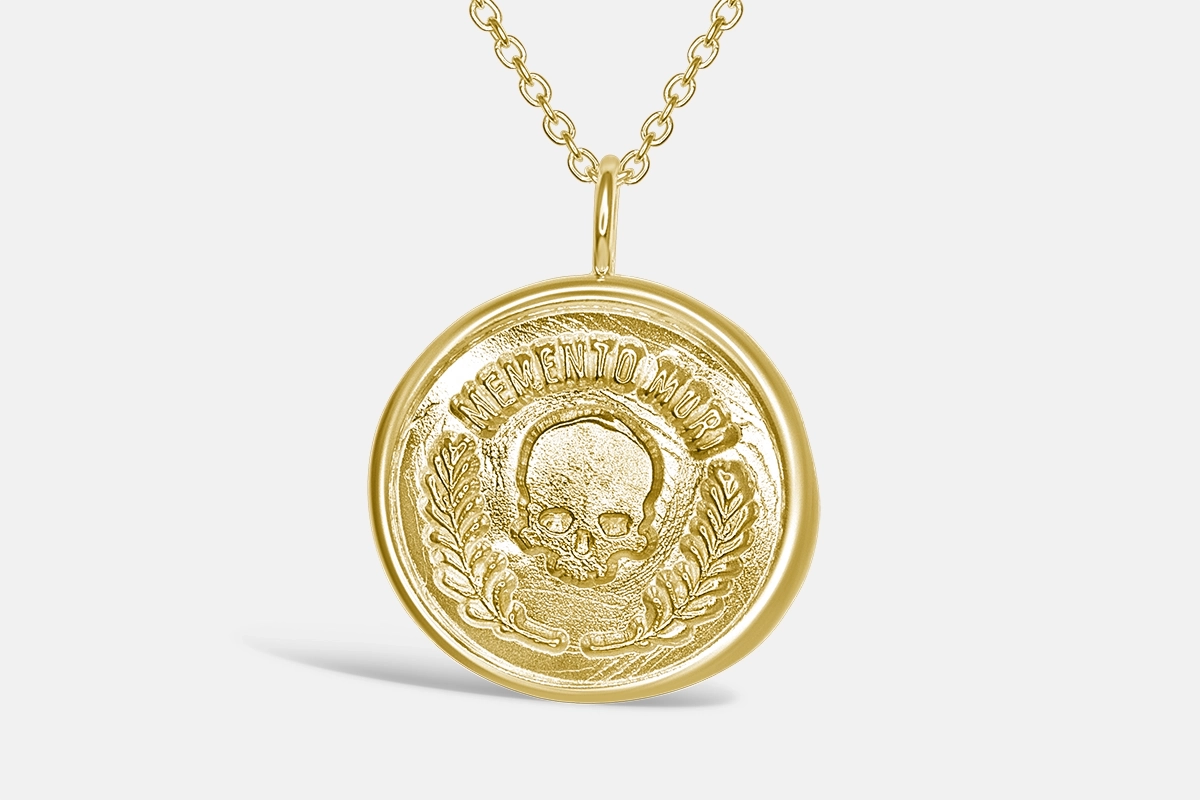
Large Memento Mori – 14k Gold Pendant
$3,500.00 Select options This product has multiple variants. The options may be chosen on the product page -

Memento Mori – 14k Gold Pendant
$1,300.00 Select options
References
Wikipedia – https://en.wikipedia.org/wiki/Memento_mori
The Tate – https://www.tate.org.uk/art/art-terms/m/memento-mori
The British Museum: IMAGE: Memento Mori Woodcut (Alexander Mair) – https://www.britishmuseum.org/collection/object/P_1893-1020-4
Rijksmuseum: IMAGE: Memento Mori Ring (Anonymous) – https://www.rijksmuseum.nl/nl/collectie/BK-2017-14



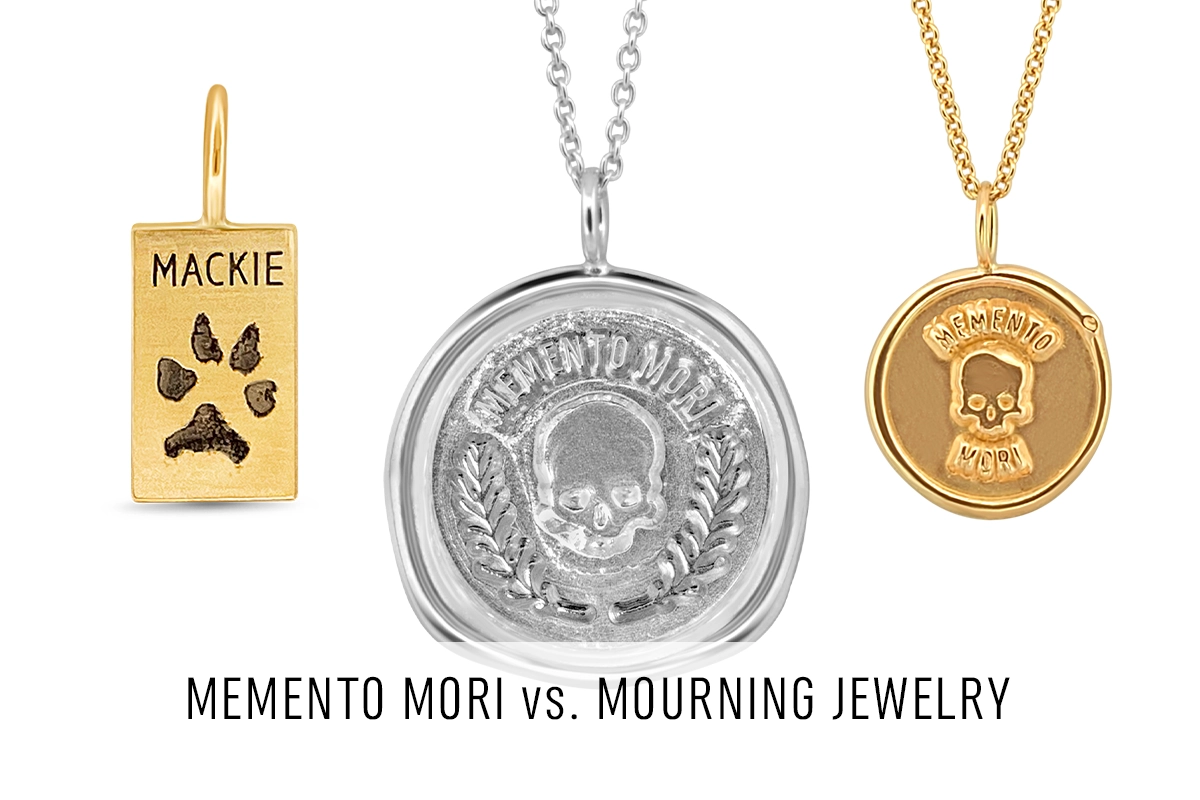

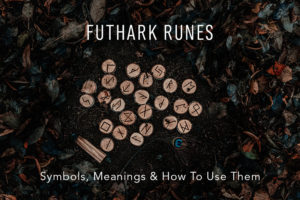
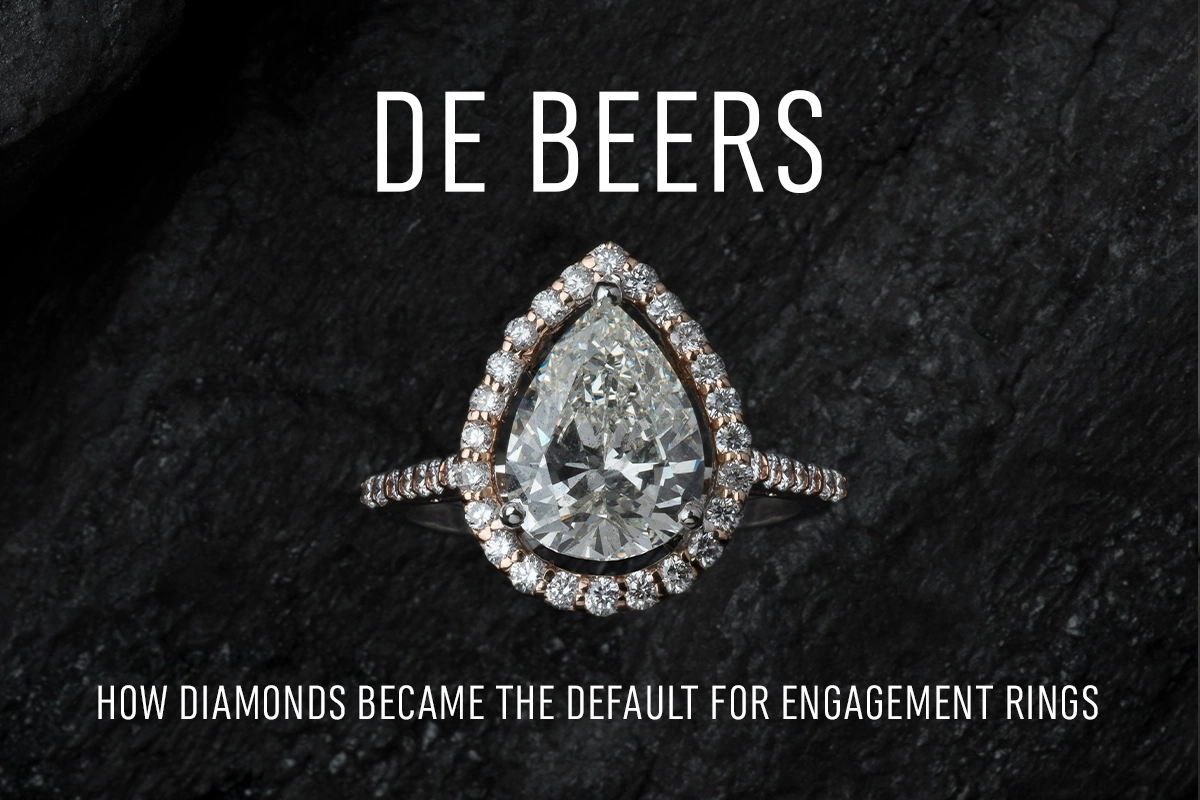
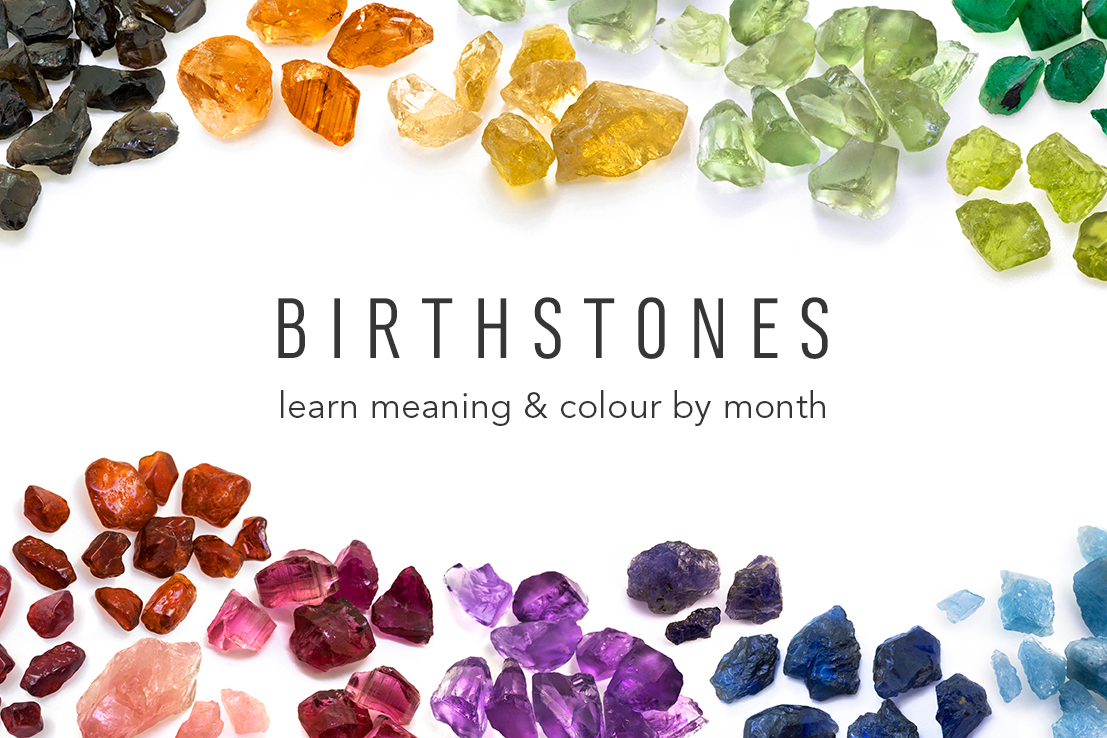
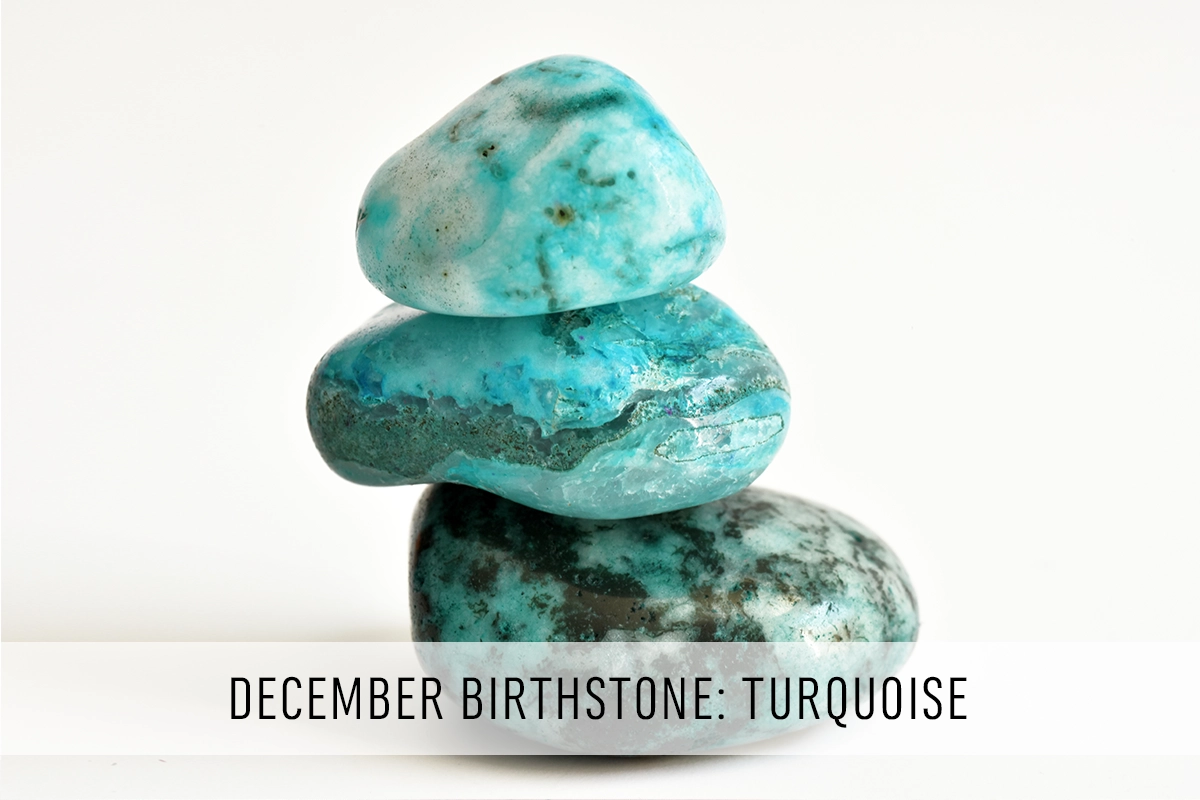
MARCELO COLLETTI
Also, complementing Andrea’s comment, there is this art by Alexander Mair which cites a passage in the bible: Romans 5. “Propterea sicut per unum hominem peccatum in hunc mundum intravit, et per peccatum mors, et ita in omnes homines mors pertransiit, in quo omnes perccaverunt”. It translates to “Therefore, just as sin came into the world though on man, and death though sin, and so death spread to all men because all sinned.” It’s clear that it relates to memento mori statement since all men will eventually die.
Ray Goff
Yes I’m a Christian and a 28yr retired AF Officer. I worked in counter and anti terrorism mostly while I was in the AF. I was required to attend training in all world religions. Also attended classes on cult and the occult religions. Many of our todays and past terrorist have ties to cults or the occult religions.
Some portray themselves as Muslims or Christians, but they are not. My speciality was Middle East operations. I was a military liasion on a FBI task force before 911. You ask where am I going with all of my background.
Well I have found many parallels to the cult and occult of the symbolism of the worship of bones. It used in many pagan cultures around the world. I see it used in FreeMasons, Roman Catholic Church, college fraternities, Voodoo, ancient Indian religions rituals and ceremonies. Which led me to trace it back to the origins of using bones and the dead in worship. It mostly dates back to the early pagan Egyptian and Roman cultures. Tattooing also originated from these paganistic cultures. There is no custom, ritual or history in the Jewish culture in the practice of tattooing. Still tiday you will never see a tattoo on a Orthodox Jew. Now you might see one a secular Jew amd that’s rare. Inking and scarring of bodies is not allowed in Jewish religion. I see many tattoos with skulls and that phrase “mementos tori” on them.
Where does all this lead to my question? Where is the connection in the Holy Bible or to Jesus to “memento tori” or to Christianity? It leans more in the paganistic cult category than in the Christian category. Just my two cents.
Andrea Shelley
Hi Ray. Nowhere in my post did I mention Christianity or Judaism so I’m not sure where your comment is coming from. Also, for the record, paganism is a religion too (actually many different religions lumped into one category but that’s a post for another day). That being said, the concept of Memento Mori is very prevalent in the Christian faith. To quote the encyclopedia Britannica: “In Christianity, the practice of memento mori appears often in scripture, art, architecture, and in various rites. The concepts of morality, divine judgment, and penitence, reflected in biblical passages such as, “In all you do, remember the end of your life, and then you will never sin” (Sirach 7:36).”